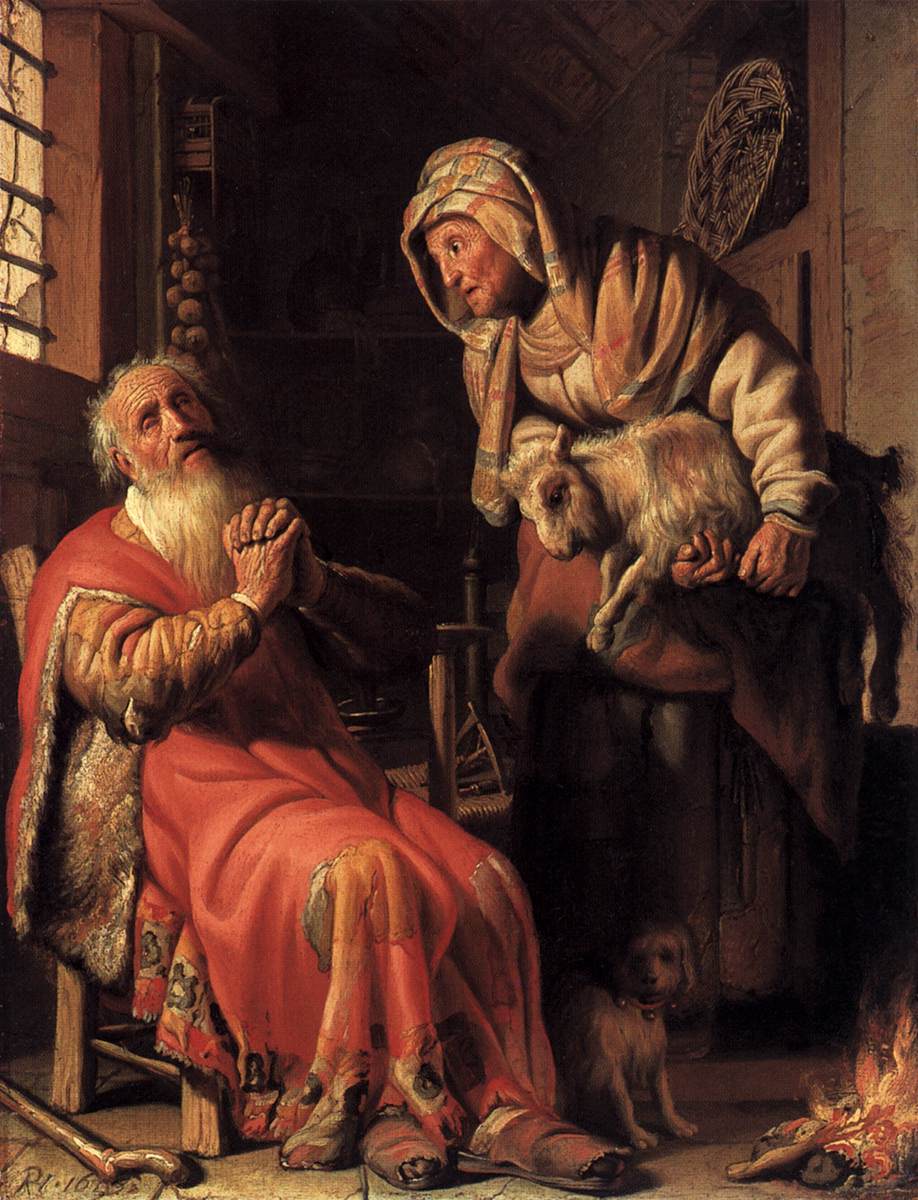Soon enough we'll dive into the stories found in these books, but hang in there while I explain some technical things about the Apocrypha. The word "apocrypha" comes from the same word in Greek, which means "hidden things." The Apocryphal books aren't considered part of the true canon of the Bible by (most) Protestants, but they are included in some editions of the Bible (our NRSV has a translation of the Apocrypha). The Catholic church has, I believe, always included the apocryphal texts listed below in their Bible, and they refer to them not as apocryphal but as "deuterocanonical," which means "second book." Which second book? Well, we have copies of the Old Testament texts both in Hebrew (their original language) and later copies of those books in the Greek language (the Greek texts of the Hebrew Bible are called the Septuagint). The Hebrew texts were translated into Greek in the 2nd-3rd centuries BC, because at that time many people spoke Greek and not a lot of people knew Hebrew anymore. The books that most Protestants consider the Apocrypha (listed below) only appear in the Greek versions of the Old Testament, not in the Hebrew versions; because they only appear in the "second version" of the Old Testament, they're called deuterocanonical. Perhaps more than you wanted to know!
The Apocrypha consists of the following writings:
- Tobit
- Judith
- Esther
- Wisdom of Solomon
- Ecclesiasticus
- Baruch
- Epistle of Jeremiah
- Prayer of Azariah
- Susanna
- Bel and the Dragon
- 1 and 2 Maccabees
- 1 and 2 Esdras
- Prayer of Manasseh
There are other lists of texts that are sometimes called apocryphal like The Gospel of Thomas. Those writings are associated with the Bible in their subject matter, or they're supposedly written by a bibical character, but they've never been included in any list of what's considered canonical. A better term for most of them would be pseudepigrapha (which means written under a false name). In our reading of the Apocrypha, we'll be sticking to the first kind of text, the list of books above.
If you'd like to read along with us, but you don't have an edition of the Bible that includes the Apocrypha, you can find the entire text of those books here. You can also try reading it in the NRSV here on Oremus Bible, but they can only put 120 verses on a webpage at time due to copyright, so it's a little tricky to navigate.
As I read, I'm looking for answers to the following questions:
- What themes from canonical Scripture do I see pop up in the apocrypha?
- What value do these texts have for us as Christians, even though it's not canonical?
- What should we make of an apocryphal text when it comes up in our lectionary (the reading schedule we use in the Episcopal Church)? Should we listen to it in a different way than we do to a canonical text?
- How does reading the Apocrypha help us appreciate what it means to read canonical Scripture, the books that are fully considered the Bible?
We'll start at the very beginning - this week's reading is the book of Tobit! Stay tuned.
 |
| Rembrandt's painting of Tobit with his wife Anna |